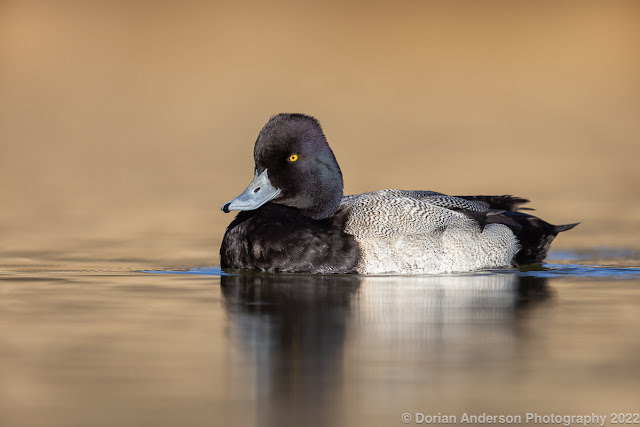The transcontinental crazyiness continues!!! I was in Asheville, North Carolina when I posted on May 4, and I've since visited Kentucky, Ohio, and Michigan while guiding for Tropical Birding and Tennessee, Indiana, and Illinois as part of my pet-sitting adventure. I've been fortunate to see a lot of migrating songbirds along my spring arc, and I'll use this post to share a bunch of recent warbler frames. Songbirds are the weakest part of my portfolio (shorebirds are the strongest), so it's great to grow my collection with new species!
First up is an obliging Protonotary Warbler which I found in Meeman-Shelby State Forest just outside of Memphis, Tennessee. A couple cycles of audio lured this curious individual into a fallen tree, and I was able to capture a couple frames as the bird bounced around the trunk and branches.
I'm even happier with this next frame because of the unique foliage/setting. Sandpipers, herons, and ducks are some of my favorite subjects, but their wide open and watery surrounds don't change much from place to place. In those instances, I really need the lighting to imbue the frame with color, mood, and character. However, that's not the case when shooting in forest as every perch and setting is unique. I mean, c'mon, how cool is this fallen log with the vines wrapped around it? I would have loved to have the green sprig in focus, but that wasn't gonna happen with so little light under the canopy (and the bird only posed for a second).
OK, let's move to Kentucky where I found this Swainson's Warbler at Red River Gorge outside Lexington. This species is very shy and shifty, so I'm stoked with these results! The shot with the dark background was dumb luck. The bird landed on a lit perch in front of a shaded hillside, and I darkening the shadows a bit in post in post to accentuate the spotlight effect.
































